
Not an easy man to miss, Skorzeny stood 6 foot 4 inches tall and weighed 250lbs. And he was known as “Scarface” for a reason. He had a long, distinctive scar on his left cheek.
Skorzeny achieved ‘fame’ during the war for rescuing deposed Italian leader Benito Mussolini from an Italian hilltop fortress.
Born in Vienna in 1908, Skorzeny joined the Austrian Nazi party in the early 1930s. At the outbreak of the war he was involved in fighting on the Eastern Front, taking part in the German invasions of Yugoslavia and the Soviet Union.
By April 1943 he had been made head of German special forces, in charge of a unit of elite SS commandos.
In July 1943, he was personally selected by Hitler from among six German Air Force (Luftwaffe) and German Army (Heer) special agents to lead the operation to rescue Italian dictator Benito Mussolini, who had been overthrown and imprisoned by the Italian government.
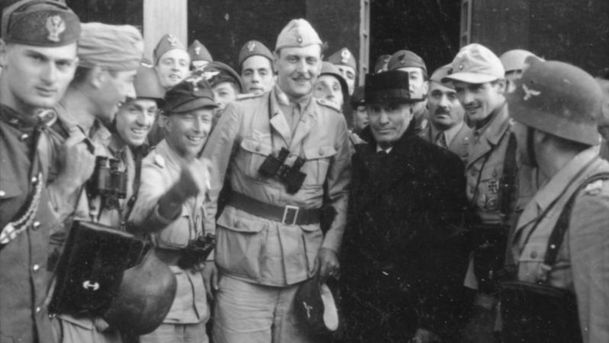
Almost two months of cat-and-mouse followed as the Italians moved Mussolini from place to place to frustrate any rescuers. There was a failed attempt to rescue Mussolini on 27 July 1943. The Ju 52 that the crew was aboard was shot down in the area of Pratica di Mare. Otto Skorzeny and all but one of his crew bailed out safely. Mussolini was first held in a villa on La Maddalena, near Sardinia. Skorzeny was able to smuggle an Italian-speaking commando onto the island, and a few days later he confirmed Mussolini was in the villa. Skorzeny then flew over in a Heinkel He 111 to take aerial photos of the location. The bomber was shot down by Allied fighters and crash-landed at sea, but Skorzeny and the crew were rescued by an Italian destroyer. Mussolini was moved soon after. Information on Mussolini’s new location and its topographical features were finally secured by Herbert Kappler. Kappler reported Mussolini was held in the Campo Imperatore Hotel at the top of the Gran Sasso mountain, and only accessible by cable car from the valley below. Skorzeny flew again over Gran Sasso and took pictures of the location with a handheld camera. An attack plan was formulated by General Kurt Student, Harald Mors (a paratrooper battalion commander), and Skorzeny.
On 12 September, Gran Sasso raid (a.k.a. Operation Oak and Unternehmen Eiche), was carried out perfectly according to plan. Mussolini was rescued without firing a single shot. Flying out in a Storch airplane, Skorzeny escorted Mussolini to Rome and later to Berlin.
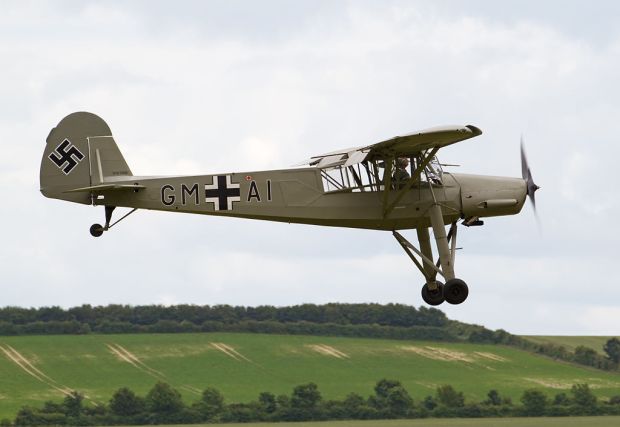
The exploit earned Skorzeny fame, promotion to Sturmbannführer and the Knight’s Cross of the Iron Cross. Mussolini created a new Fascist regime in northern Italy, the Italian Social Republic (Repubblica Sociale Italiana).
Skorzeny’s unbelievable story is made all the more shocking because the former Nazi SS storm trooper remained unapologetic and showed no remorse for his actions following the war. He was tried for war crimes in 1947 but was acquitted.
He was a pioneer of what is now known as special operations warfare and in the early 1950s he served as an adviser to the Egyptian dictator Gamal Abdel Nasser, training his army in guerrilla tactics. During this period he also trained Palestinian refugees in these tactics and was the mastermind behind the early terrorist raids into the newly re-established state of Israel. Among his trainees was Yasser Arafat, who later became the leader of the Palestine Liberation Organization and for much of the 1960s and 1970s was the world’s most prominent terrorist.
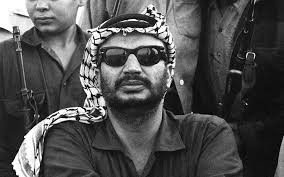
His exploits were followed by the media and, on the back of this friendly publicity, Skorzeny traveled to Madrid, Spain, where he ran an import-export business. This was believed to be a front for shuttling escaped Nazi war criminals to Argentina.
For many years Skorzeny lived in Argentina and served as a bodyguard to Eva Peron, wife of the Argentine dictator Juan Peron. It is rumored that he had a romantic affair with her.
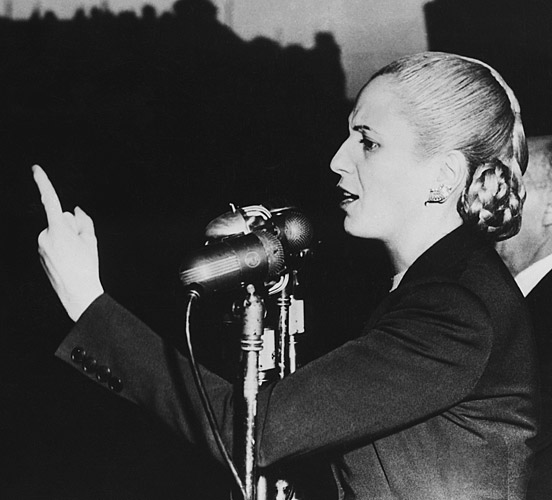
In July 1957 he traveled to Dublin where he was met with a gala reception by members of Parliament and celebrities. Following his warm welcome he purchased Martinstown House, the 160-acre farm estate in The Curragh, County Kildare.
Kim Bielenberg, a Dublin-based journalist whose own grandfather, Fritz von der Schulenburg, was captured and tortured by Skorzeny due to his involvement in plot to kill Hitler, reflected on his Dublin welcome. He told the BBC, “He was feted by the Dublin social glitterati, including a young politician, Charles Haughey, who was later to become Ireland’s most controversial prime minister.
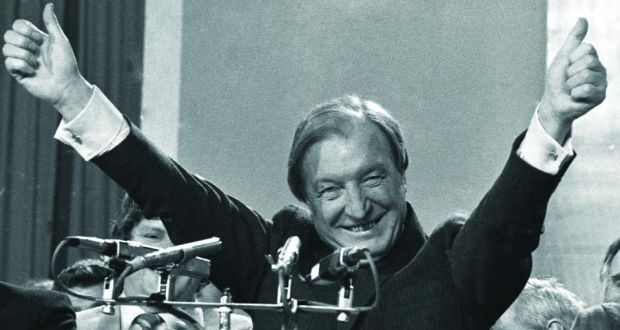
“According to the Evening Press account, ‘the ballroom was packed with representatives of various societies, professional men and, of course, several TDs [parliamentary representatives]’.”
Bielenberg believes this warm reception prompted the Nazi war criminal to buy the Kildare estate.

He continued, “He could be seen driving across the Curragh in a white Mercedes and would visit the local post office for groceries.
“Reggie Darling, a local historian, told me he remembered coming across Skorzeny on the Curragh.
He recalled him as a big man who stood out because of the scar across his face (which was the result of a dueling contest as a student), but that he wasn’t particularly friendly and he didn’t really mix with local people.

Skorzeny was allowed temporary visas to stay in Ireland under the proviso that he was not travel to Britain.However, in post-World War II Europe the specter of Nazism and the fear they would once again rise to power caused concern.Although Skorzeny could not be refused entry without due cause, he was refused a residency visa by the Irish government and had to limit his stays to six weeks at a time, during which he was monitored by G2,the military intelligence branch of the Defence Forces.
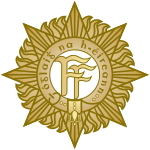
Former Irish Minister for Health Noel Browne raised concerns over Skorzeny’s “anti-Semitic activities” in the Dail (Parliament) in 1959.He rarely visited after 1963 and sold Martinstown House in 1971.Skorzeny also owned property in Spain on Majorca.
Skorzeny was recruited by the Mossad conducting operations for the agency from 1962, where he worked with Avraham Ahituv and Rafi Eitan (as has been confirmed by Eitan).
On Israel’s request, Skorzeny flew to Egypt and compiled a detailed list of German scientists and their addresses. Skorzeny also found for Mossad the names of many front companies in Europe that were procuring and shipping components for Egypt’s military projects. Skorzeny agreed to work with Israel on the condition that Simon Wiesenthal erase his name from the list of wanted Nazi war criminals and act to have an arrest warrant against him cancelled. Though Wiesenthal rejected this request, Skorzeny decided in the end to cooperate with the Mossad anyway. According to Yossi Melman and Dan Raviv, Skorzeny was recruited after Mossad visited his home in Spain, where he expected he would be assassinated. After instruction in Israel, his work for the Mossad included assassinating a German rocket scientist Heinz Krug who was working with Egypt, and mailing a letter bomb which killed five Egyptians at the Egyptian military rocket site Factory 333. Skorzeny never explained his precise reasons for helping Israel. It is speculated that Skorzeny’s motives for working for the Mossad may have been his desire for adventure and intrigue, as well as to ensure he would never be assassinated by them.
In the 1960s Skorzeny set up the Paladin Group, which he envisioned as “an international directorship of strategic assault personnel [that would] straddle the watershed between paramilitary operations carried out by troops in uniform and the political warfare which is conducted by civilian agents”. Based near Alicante, Spain, the Paladin Group specialized in arming and training guerrillas, and its clients included the South African Bureau of State Security. It also carried out work for the Greek military junta of 1967–1974 and some of its operatives were recruited by the Spanish Interior Ministry to wage a clandestine war against the terrorist group ETA.

In 1970, a cancerous tumour was discovered on Skorzeny’s spine. Two tumours were later removed while he was staying at a hospital in Hamburg, but the surgery left him paralyzed from the waist down. Vowing to walk again, Skorzeny spent long hours with a physical therapist; and, within six months, he was back on his feet. Skorzeny died of lung cancer on 5 July 1975 in Madrid. He was 67.
He was given a Roman Catholic funeral Mass in Madrid on 7 August 1975; his body was cremated afterwards, and his ashes were later brought to Vienna to be interred in the Skorzeny family plot at Döblinger Friedhof. His funeral was attended by dozens of German military veterans and wives, who did not hesitate to give the Nazi salute,coffin was draped in the Nazi flag.
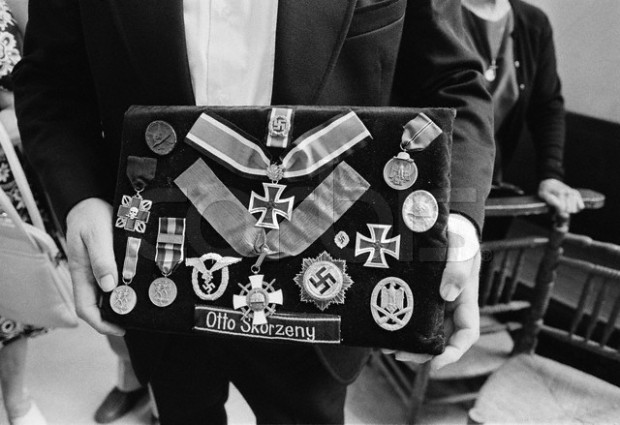

Donation
I am passionate about my site and I know you all like reading my blogs. I have been doing this at no cost and will continue to do so. All I ask is for a voluntary donation of $2, however if you are not in a position to do so I can fully understand, maybe next time then. Thank you. To donate click on the credit/debit card icon of the card you will use. If you want to donate more then $2 just add a higher number in the box left from the PayPal link. Many thanks.
$2.00









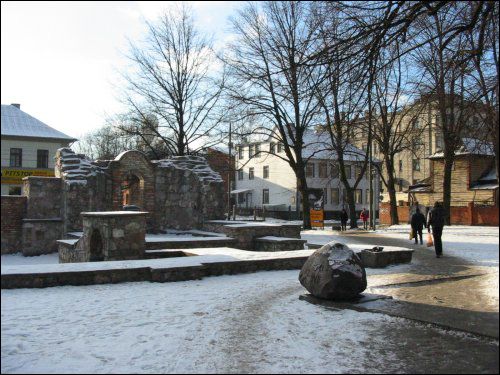


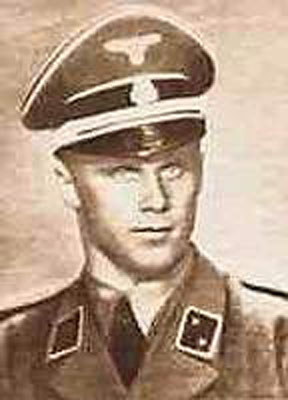
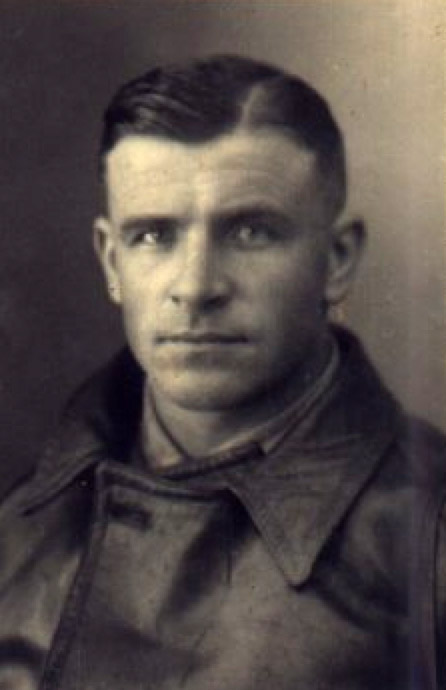
You must be logged in to post a comment.